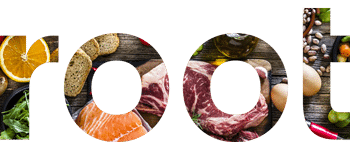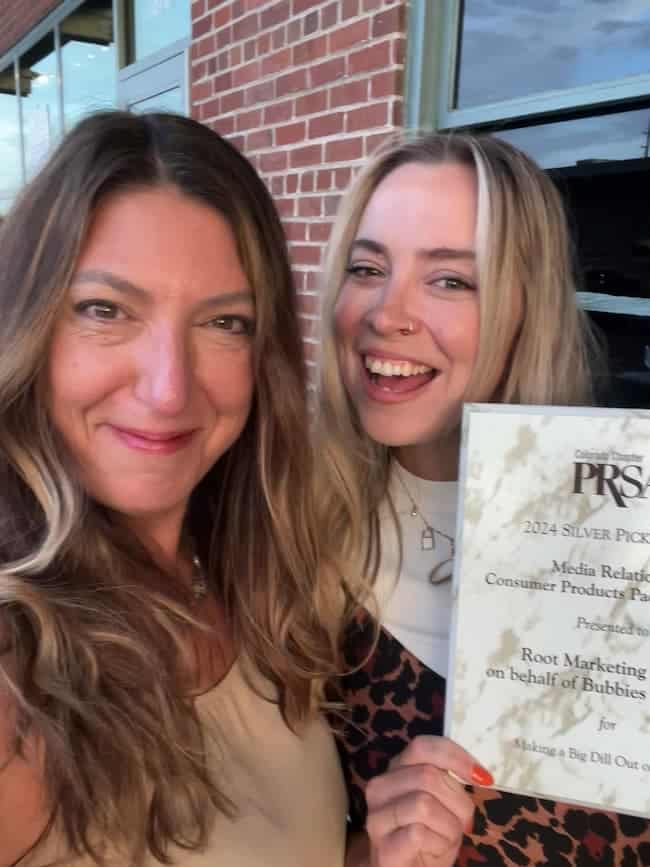A lot has changed since we founded ROOT in 2001. Maybe you can relate. There was no Twitter, Facebook, Instagram or Snapchat. Cell phones weren’t “smart” yet — most of them were actually just phones. With fewer channels, the media landscape was a lot easier to navigate than it is now. Print media was king. PR was really mostly “media relations”, and organizations sent press releases and news statements to media for public consumption. Your customers relied on the press – a few trusted experts who usually specialized in a subject – for advice on where to go, where to eat, etc.
Today, the ability to write a press release and pitch the press effectively isn’t enough anymore.

The Demise of the Newsroom
Newsrooms are shrinking. Where we used to have a Food Editor, a Travel Editor, and a Lifestyles Editor, along with their staff of writers, now publications are often lucky to have just a Features Editor and a couple of freelancers, who each have huge beats encompassing a wide variety of subjects, and are paid very little for each piece.
The reason newsrooms are shrinking is that the media aren’t the only ones that your customers are listening to anymore. With the internet giving voice to anyone with access to the internet, new types of “experts” have evolved – broadly called “influencers.” You have to figure out how to build relationships with the influencers that are right for your business, and it’s a huge and complicated task to figure out which ones your potential customers are listening to, and how to set up the most effective partnerships – that won’t break the bank. Click here to watch a webinar on “Influencers & Your Digital Strategy.”
Facebook, Instagram, Twitter, Pinterest, Snapchat, Blogs, Podcasts…There are SO. MANY. OUTLETS. With this many sources for information, we’re no longer just doing media relations to reach a few media experts, we’re doing marketing: we’re taking our customers’ message, and adjusting it to fit each of the channels where their customers are.
So…What Can I Do?
#1: Craft Your Message: Create your “key messages” – put together a concise list of what makes your organization special, different, and of course, better than your competition. Be sure to write this as objectively as possible – stand in your potential customer’s shoes: what would THEY think was important to them about your organization? What do your customers say they love about your organization?
#2 Put Your Best Foot Forward: Use those key messages to write or rewrite all your organization’s messaging: your website, the ABOUT page on your social media pages, your brochures, postcards, videos you create – even the way you and your staff speaks about your company to customers, answers the phone, etc.
#3 Figure Out How to Stand Out: Do things your competitors aren’t doing. Hold events to give your customers opportunities to meet you, learn about your organization, sample what you have to offer. Create a corporate activism program – support a non-profit that connects you to your ideal potential customer. Look for opportunities for you and your leadership team to speak at events, hold classes, become known as thought leaders in your field.
#4 Go Where They Are: Figure out where your potential customers are spending their time and attention, and how you can participate in that activity, or be a part of that conversation.
#5 Don’t Do It Alone: What partnership organizations might be a good fit? Join your local chamber, convention and visitors bureau, tourism office – and make sure to set aside frequent and ample time to participate so you can take full advantage of the marketing and relationship-building opportunities they provide.
Media Relations Still Works!
It’s still valuable to figure out who the press are who might be interested in your story, track down their contact info, and send them a news release or simple pitch email. Contact us for a template…
Don’t forget to include your social media info in the boilerplate of your release or in your email signature. It’s also smart to try to build a relationship with them by following them on social media, and occasionally liking and commenting on their posts.
Need help? You’re in the right place. Contact us and we’ll help you get started.
This post was derived from a full webinar that ROOT Marketing & PR gave in April 2018 through the World Food Travel Association. WATCH THE FULL WEBINAR







